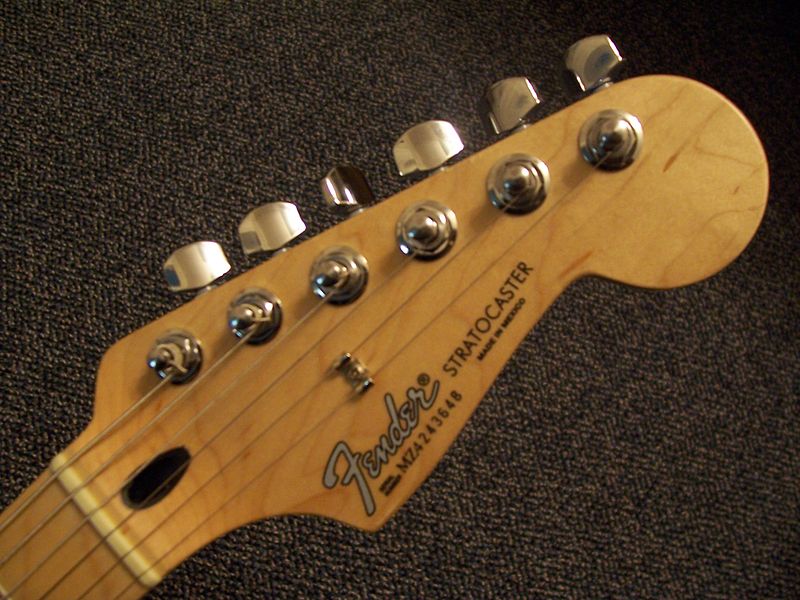How To Spot a Fender Fake (Neck)

This could be a long article but I’ll basically start by giving you a checklist of things YOU can check out yourself. Yes, you don’t really need facebook groups to tell you because you can check this out yourself first, and it’s VERY educational.
Basic Fake Check List (Great place to start) – THE NECK
- Run the serial number at Fender – This doesn’t guarantee it’s right but it is the best first check and surprisingly accurate- Often a Faker won’t go to the trouble of updating the serial number (because it’s work). It also points out if it’s a different series than they say it is (warning flag) or if the year is wrong for what they say it is. Fake duplicate numbers are done also, they create a number that “looks” like a real one and may even show up in the search. But very often there are “details” in the serial number that you can also check (more advanced). Like the last 2 digits tell you the color; and it will tell you if it’s correct color, a fake serial, or body has been swapped or repainted.
- Tuners – Are the tuners correct for the “Declared Model”. Squier tuners look like, well, squire and MIM tuners look like AM but they are another good first step. If the tuners are a tilted goofy rectangle and are sealed, warning those are Squier not American! 2 Pin OR Vintage in a line are usually correct.
- Logo – This is a bigger challenge. Fakers love putting fake logo’s on Strats and Tele’s that are “Non fender” to start with. They can be hard to know without some experience but if the logo looks strangely out of proportion or is covered by the string tree, etc, warning.. Does the font match up (a little more work here). Placement of the logo’s are important and if they are front or back.
- String Tree’s – Look at the string tree’s. Are they in the correct position? What kind are they? They may be in the correct position but be a after market so that MIGHT be just fine, but if they are been replaced, warning flag. Squier tree’s are different the American.
- Headstock Shape – If the end looks REALLY big, the shape seems not quite right, this is a decent indicator. Once again, this can be a more advanced check. Look at the angles.
- Truss Rod Holes – AM Stratocasters are NOT black, they are wood looking.
- General build defects – Look for any flaws, misdrilled holes, etc.
- Is it a valid neck for the declared model? – An American Special has a LARGE headstock, not a small one.
Fakes are either made by a “Faker” or can come from China or where ever. If someone says it’s a part-caster or is made from 2 VALID Fender Parts (body and neck) that’s totally cool and a great way to get the neck/body color you want. But they MUST declare that up front or everything about that guitar it is in question.
Do NOT buy a fake! It’s not worth your time and it’s value IMHO is nothing. If you KNOW that it’s a fake or a partcaster because they told you that, then cool, no problem. Otherwise run away quickly.